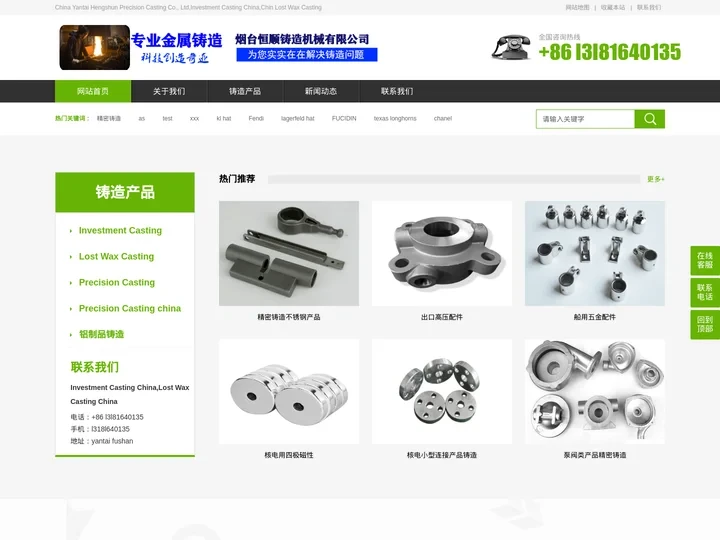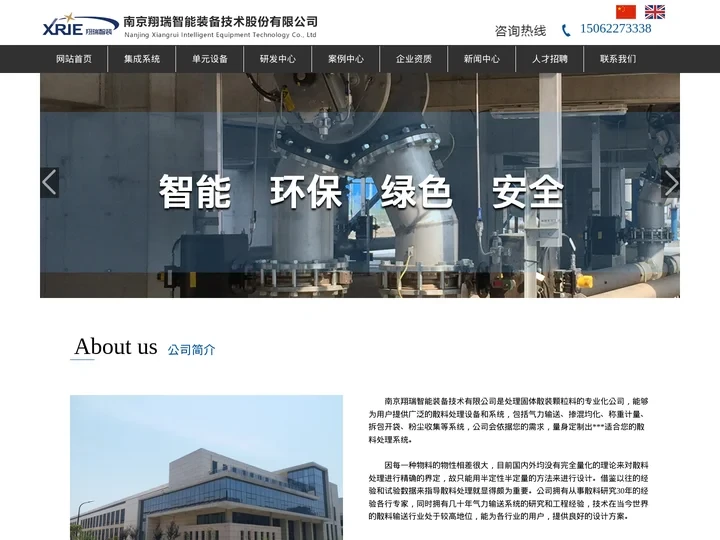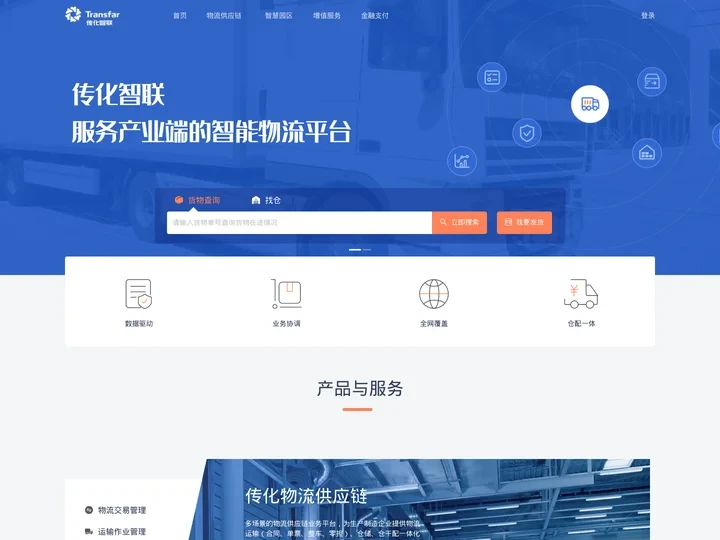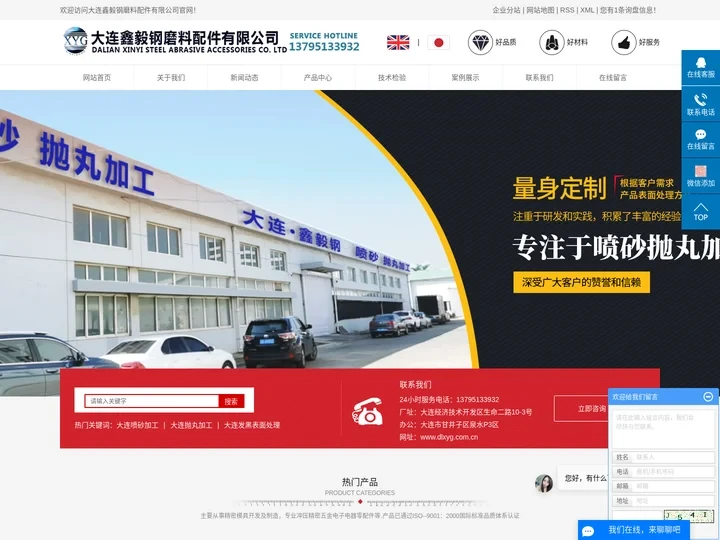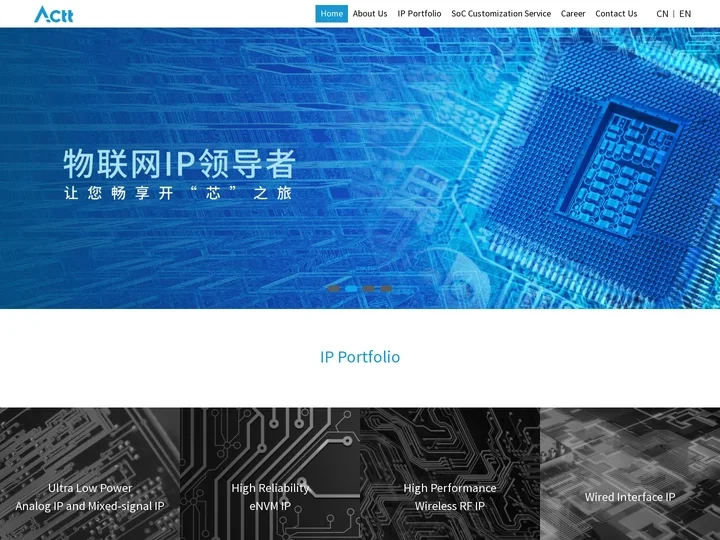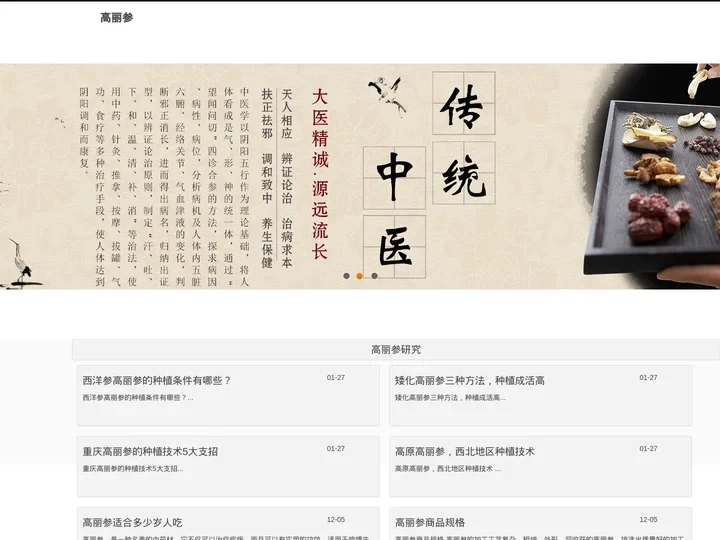Investment Casting China and Lost Wax Casting China - Your Ultimate Guide
Investment Casting China, also known asLost Wax Casting China, is an industry that has been around for centuries and continues to thrive in the modern world. This guide will provide you with a comprehensive understanding of Investment Casting China and Lost Wax Casting China, including their history, processes, applications, and future prospects.
Table of Contents
- Introduction to Investment Casting China and Lost Wax Casting China
- History of Investment Casting China and Lost Wax Casting China
- Processes in Investment Casting China and Lost Wax Casting China
- Applications of Investment Casting China and Lost Wax Casting China
- Advantages of Investment Casting China and Lost Wax Casting China
- Future Prospects of Investment Casting China and Lost Wax Casting China
- Challenges Faced by Investment Casting China and Lost Wax Casting China
- Collaboration and Partnership Opportunities in Investment Casting China and Lost Wax Casting China
- Conclusion
1. Introduction to Investment Casting China and Lost Wax Casting China
Investment casting is a highly specialized process used in creating intricate metal components from a solid model. This process involves creating a wax pattern that is then melted down and used to create the final product. In contrast, lost wax casting involves the same basic process but uses a different method of creating the wax pattern. Instead of melting the wax directly from a model, it is first created separately, and then bonded to the model before being melted down.
2. History of Investment Casting China and Lost Wax Casting China
The history of investment casting can be traced back thousands of years to ancient civilizations such as Egypt, Greece, and Rome. However, it was not until the Industrial Revolution that this technology began to be used on a large scale. Investment casting gained popularity during the 19th century when it was used to produce complex metal components for military equipment and industrial machinery. Over time, the technology has evolved and improved, leading to the development of advanced lost wax casting techniques.
3. Processes in Investment Casting China and Lost Wax Casting China
The two primary processes used in investment casting include sand casting and investment molding. Sand casting involves pouring molten metal into a mold made of sand or other materials, while investment molding involves creating a wax pattern and attaching it to a model before placing it in a heated mold. Both processes require skilled technicians who have extensive knowledge of metallurgy, geometry, and manufacturing techniques.
4. Applications of Investment Casting China and Lost Wax Casting China
Investment casting has countless applications in various industries, including aerospace, automotive, medical, and consumer products. Some of the most common uses include producing precision parts for aircraft engines, creating intricate surgical instruments, and producing high-performance sports equipment. The versatility of investment casting makes it an ideal solution for many complex design requirements.
5. Advantages of Investment Casting China and Lost Wax Casting China
The advantages of investment casting are numerous, including its ability to produce high-quality components with intricate details, its ability to produce large quantities quickly, and its ability to create lightweight yet strong components using alloys such as aluminum or magnesium. Additionally, investment casting offers excellent accuracy and repeatability compared to traditional manufacturing methods.
6. Future Prospects of Investment Casting China and Lost Wax Casting China
As technology continues to advance, investment casting is expected to continue growing in importance in various industries. The use of automation and robotics will likely increase efficiency and reduce costs in the production process. Additionally, new alloys and materials may be developed to further improve the performance of investment casting components.
7. Challenges Faced by Investment Casting China and Lost Wax Casting China
One of the biggest challenges facing investment casting is maintaining quality control over the production process. As the complexity of components increases, so do the risks associated with defects or inconsistencies in the final product. Another challenge is maintaining consistent quality levels across different manufacturers or suppliers.
8. Collaboration and Partnership Opportunities in Investment Casting China and Lost Wax Casting China
Collaboration between manufacturers, suppliers, and research organizations can lead to significant advancements in investment casting technology. For example, partnerships could be formed between companies specializing in CAD/CAM design software and manufacturers specializing in production techniques. This type of collaboration could lead to more efficient production processes and improved component designs.



